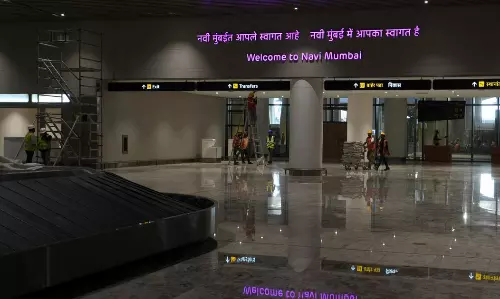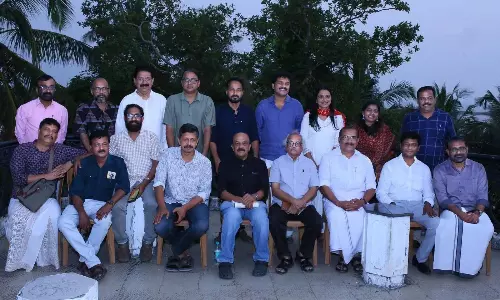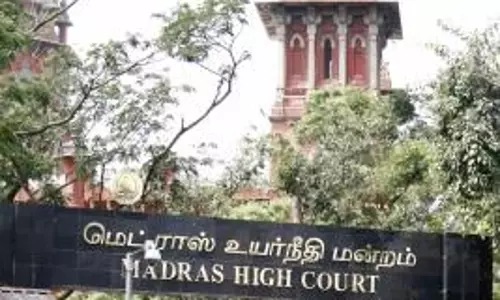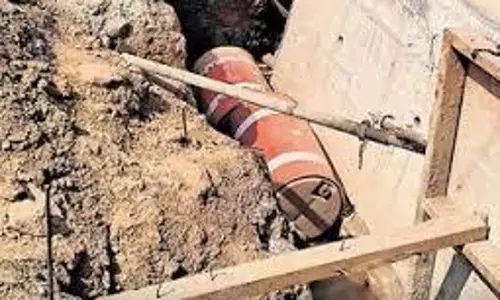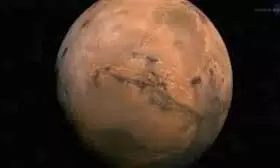
Mars craters named in honor of physicist Devendra Lal and Indian towns
text_fieldsThree newly identified craters on Mars have been named to honor the distinguished cosmic ray physicist Devendra Lal and the towns of Mursan and Hilsa in northern India.
The discovery, made in 2021 by a team of scientists, including researchers from the Physical Research Laboratory (PRL) in Ahmedabad, was recently recognized with official naming by the International Astronomical Union (IAU). The craters are located in the Tharsis volcanic region, a vast plateau near Mars' equator known for housing the largest volcanoes in the Solar System.
On June 5, the IAU Working Group for Planetary System Nomenclature approved naming the craters "Lal," "Mursan," and "Hilsa," following a recommendation from PRL. PRL Director Anil Bhardwaj shared this information in a release on Wednesday.
Mursan and Hilsa are towns in Uttar Pradesh and Bihar, respectively. The names were chosen to honor their cultural significance. The naming also celebrates the legacy of Professor Devendra Lal, who served as PRL's director from 1972 to 1983.
The Lal crater, the largest of the three, spans 65 km in diameter. The Mursan and Hilsa craters, each approximately 10 km wide, are positioned on the eastern and western rims of the Lal crater.
The discovery of these craters offered significant insights into Mars' geological history, providing evidence that large volumes of sediment were transported by water into the Lal crater, confirming that Mars was once a wet planet with flowing water.
The finding was detailed in an article by scientists Rajiv Bharti, Isaac Smith, S. K. Mishra, N. Srivastava, and Shital Shukla. The research was conducted using data from the SHARAD (Mars SHAllow RADar sounder), a radar instrument on NASA's Mars Reconnaissance Orbiter (MRO) designed to search for water on Mars.
Bharti, Mishra, and Srivastava are affiliated with PRL, Shukla with Gujarat University, and Smith with York University in Toronto, Canada.
The PRL release noted that the entire area around the Lal crater in the Tharsis region is covered with lava. However, geophysical evidence indicates the presence of materials other than lava, including a 45-meter-thick sedimentary deposit beneath the crater's surface, as detected by SHARAD/MRO.
The Mursan and Hilsa craters provide crucial timelines for understanding the episodic infilling process of the Lal crater, offering further insights into the planet's geological activity.




